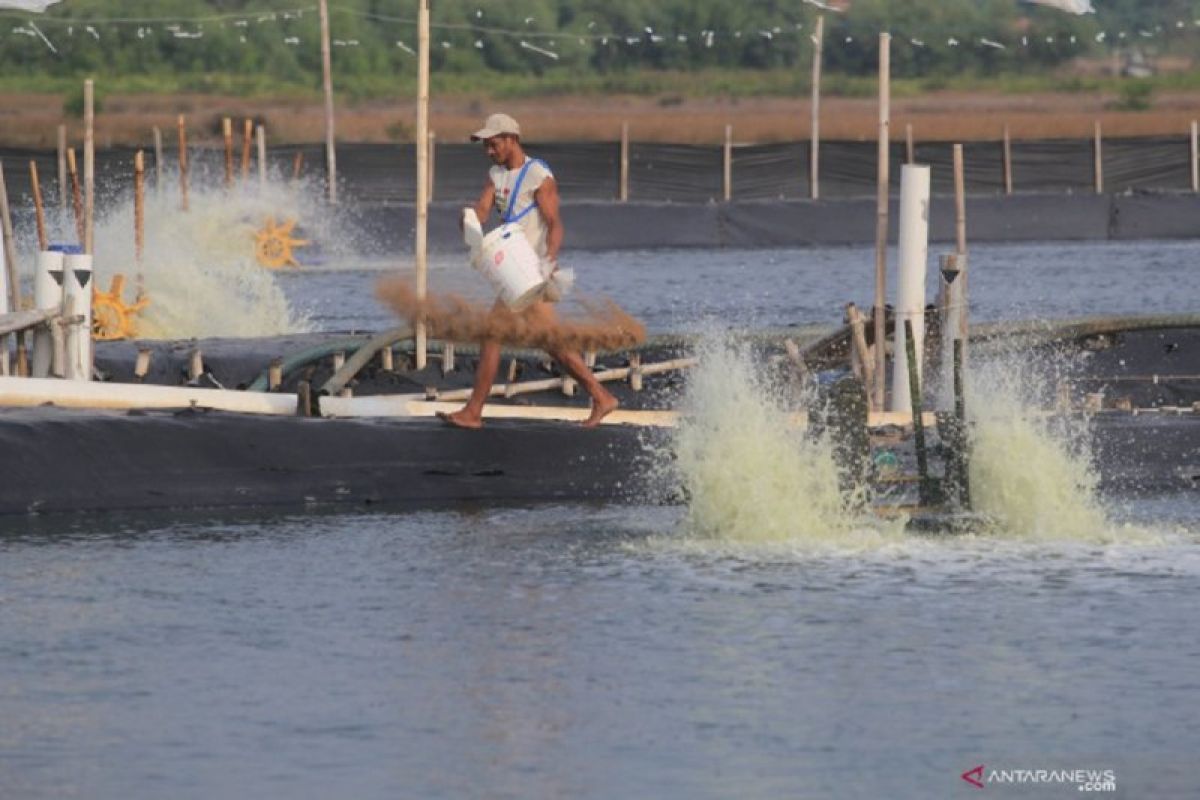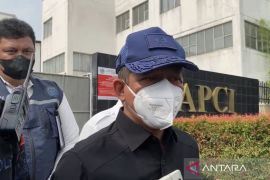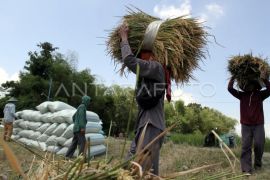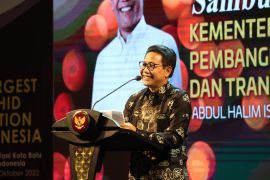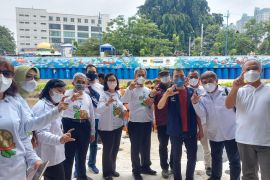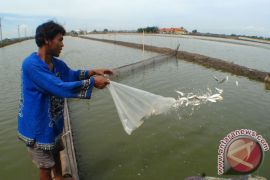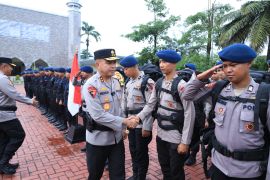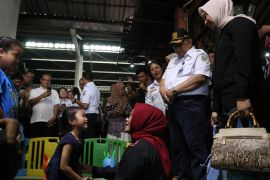To this end, Halim called for optimizing management of the available cultivation area from end to end, right from the nursery up until waste disposal after harvest.
He also called on the Ministry of Maritime Affairs and Fisheries (KKP) to focus on developing the existing cultivation instead of creating several shrimp estates in various regions.
Halim agreed to a pre-condition for shrimp estate management wherein a mangrove seed should be planted within the same region or other locations.
"This initiative should be the requirement for ensuring that environmental healing around the cultivation area continued to improve in future," he expounded.
Related news: KKP to rehabilitate six mangrove regions for driving economic recovery
The executive director reminded that productivity rate of the cultivation area can be projected, so a drop in productivity owing to worsening environmental conditions can also be estimated.
Earlier, the Ministry of Maritime Affairs and Fisheries had cooperated with Kebumen's government in Central Java to develop the first integrated shrimp estate in Indonesia, located in Kebumen.
"I believe that if this model succeeds, then the same model can be developed in other regions , but after taking into account the cultivation potential of each region," Minister of Maritime Affairs and Fisheries Sakti Wahyu Trenggono stated here on Thursday.
The collaboration between KKP and Kebumen District for shrimp state development is the realization of one of KKP's priority programs aimed at boosting fish cultivation to drive exports supported by maritime and fisheries research.
This priority program aligns with the target to boost the national export value of shrimp by 250 percent in 2024.
Related news: Indonesia to become main global player in shrimp market: Minister
Translator: Razi Rahman, Fadhli Ruhman
Editor: Yuni Arisandy Sinaga
Copyright © ANTARA 2021
